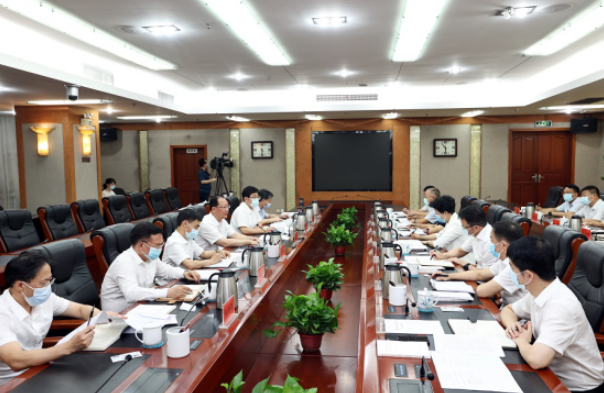Laosicheng site, Hunan’s first one included into the World Heritage List, was officially open to the public during the three-day May Day holiday. The opening of the relic site flourished cultural tourism of Yongshun County, as told by the county’s Bureau of Tourism, Culture, Radio, Television, and Press. During the holiday, the county received 115,600 visitors, a 202% year-on-year increase. 95% of the tourists came to Yongshun for the sake of visiting the millennium-old Tusi site. Visitors enjoyed the beauty of the ancient town either by taking a helicopter or canoeing on Sihe River on fine days. A variety of intangible cultural performances such as Maogusi dance, hand-waving dance, and custom of crying marriage were staged to showcase the unique charm of Tujia culture. The on-site drama telling the patriotic Tusi Peng, who led a team to fight for the central government, won round of applause. Background information: Chieftains, also known as Tusi, were tribal leaders recognized as imperial officials by the government of the Yuan (1271-1368), Ming (1368-1644), and Qing (1644-1912) dynasties. The central governments back then made arrangements with local chieftains in order to rule the northwest and southwest frontiers and it proved a successful strategy. (Source: xinhuanet)
Laosicheng Site Fuels Cultural Tourism in Western Hunan
Editor:李莎宁
Source:enghunan.gov.cn
Updated:2016-05-09 10:23:57
Source:enghunan.gov.cn
Updated:2016-05-09 10:23:57
Special
Contact
Welcome to English Channel! Any suggestion, welcome.Tel:0731-82965627
lisl@rednet.cn
zhouqian@rednet.cn











